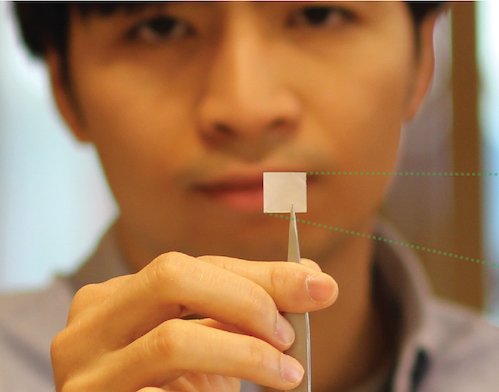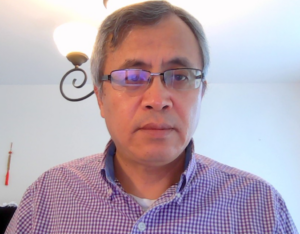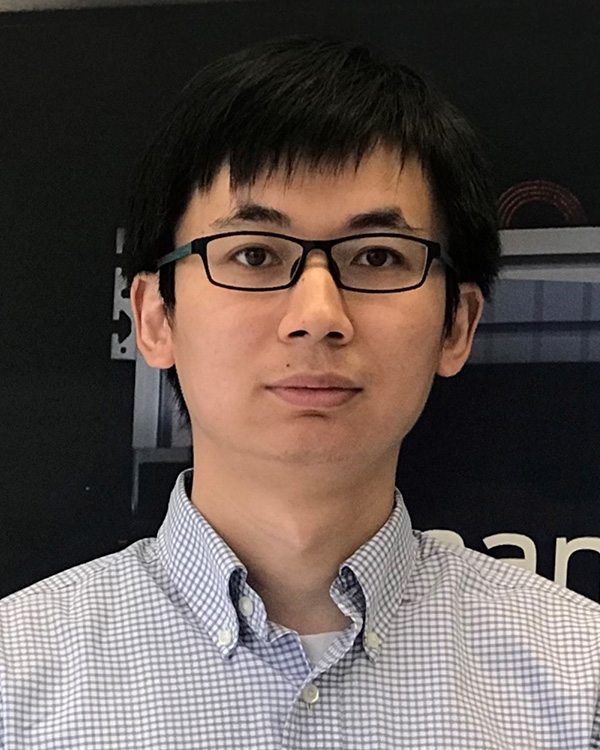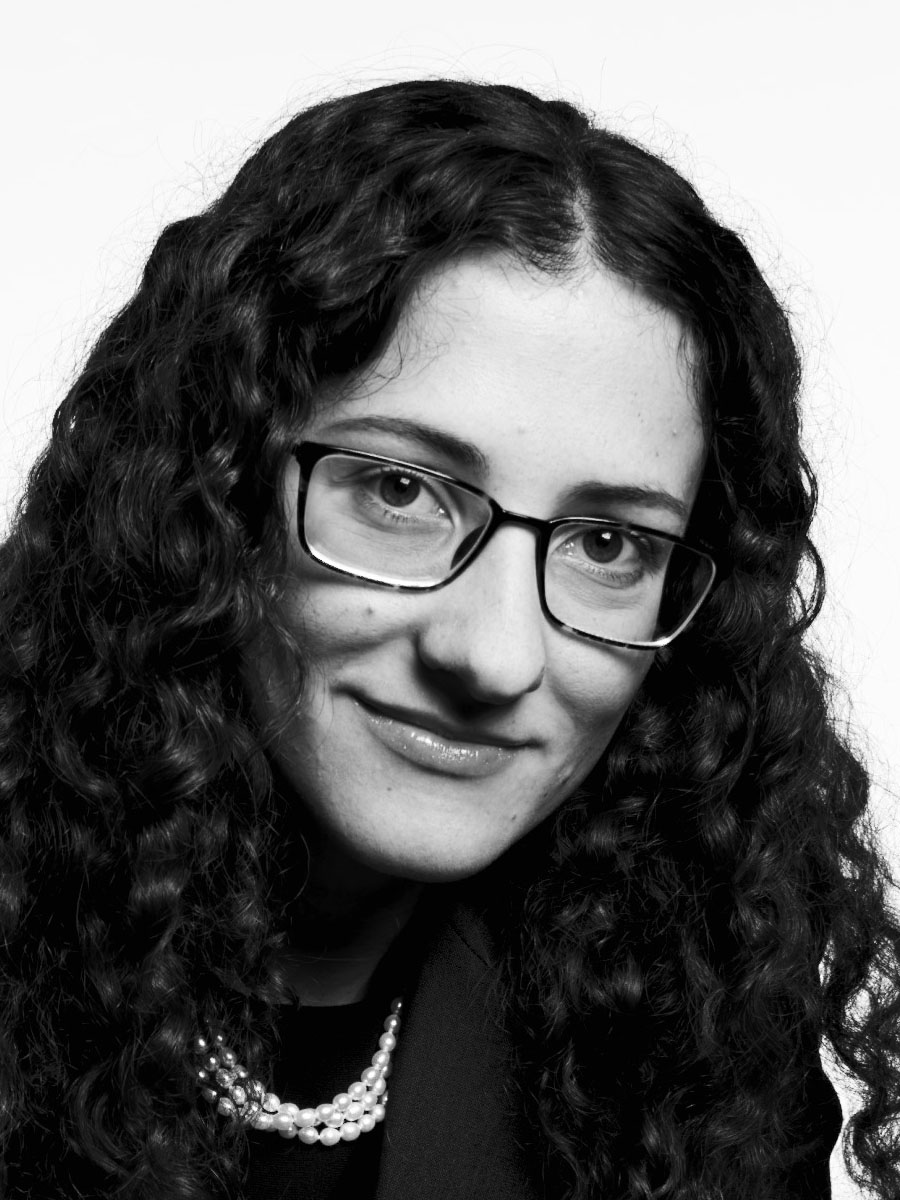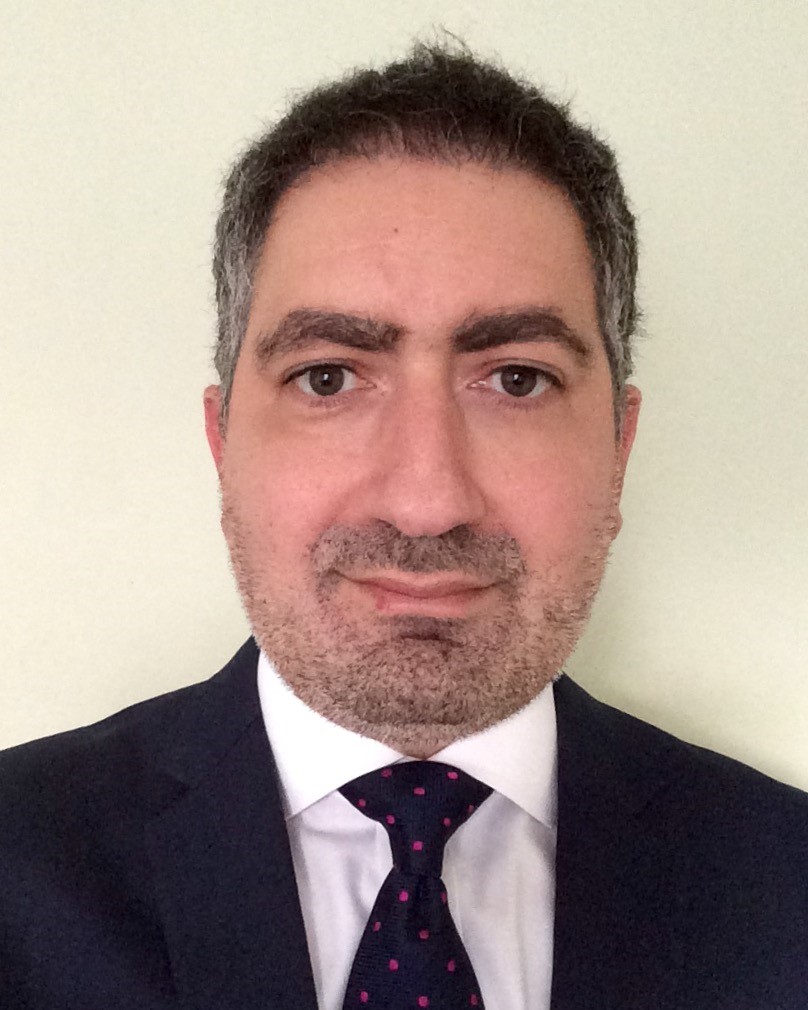Abstract: Natural phenomena, such as growth, instability, and failure, can be highly dependent upon activation of stochastic mechanisms at the microscale, such as the existence of microscopic imperfections, the action of molecular motors, and the diffusion of constituents. Yet, at the macroscale, astonishing order is often observed. In this talk, I will discuss our recent attempts to bring a deterministic understanding to explain such processes by focusing on the growth of bodies under confinement of an embedding soft matrix. Theoretical models will be complemented by experimental observations at different scales. At the small scales we exploit the growth of biofilm forming bacterial colonies and liquid-liquid phase separation, to examine the influence of confinement in determining the observed morphological transitions; at larger scales Volume Controlled Cavity Expansion (VCCE), via needle induce fluid injection, allows us to study local material properties and the transition between cavity expansion and fracture.
Biographical Sketch: Tal Cohen is an Associate Professor at MIT. She joined the Department of Civil & Environmental Engineering in 2016 and has a joint appointment in the Department of Mechanical Engineering. She received both her MSc and PhD degrees in Aerospace Engineering at the Technion in Israel. Following her graduate studies, Tal was a postdoctoral fellow for two years at the Department of Mechanical Engineering at MIT and continued for an additional postdoctoral period at the School of Engineering and Applied Sciences at Harvard University. She received the ONR young investigator award and the NSF CAREER award in 2020, and the ARO young investigator award in 2019. Earlier awards include the MIT-Technion postdoctoral fellowship, and the Zonta International Amelia Earhart Fellowship. Her research is broadly aimed at understanding the nonlinear mechanical behavior and constitutive sensitivity of solids. This includes behavior under extreme loading conditions, involving propagation of shock waves and dynamic cavitation, material instabilities, and chemo-mechanically coupled phenomena, such as material growth.

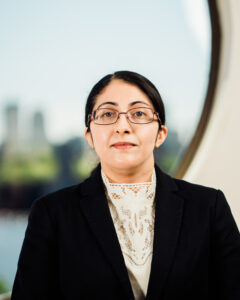


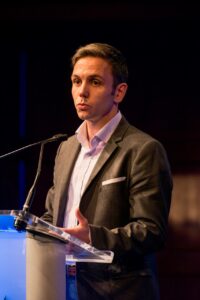 Abstract: Soft robotics aims to develop technological tools to allow people to interact more closely with machines, in a range of settings, from manufacturing, to healthcare, and even our homes. Dielectric elastomer actuators (DEAs) are compliant capacitors which can directly convert an electrical input into mechanical work. DEAs hold the promise of muscle-like behavior, as soft devices that are electrically driven, and easy to integrate with other robotic components. This talk will discuss how muscle-like behavior can be achieved, using knowledge from materials science, electrical engineering, mechanical design, and micro manufacturing. With high performance DEAs, tactile communication tools are demonstrated, with potential medical devices soon to follow.
Abstract: Soft robotics aims to develop technological tools to allow people to interact more closely with machines, in a range of settings, from manufacturing, to healthcare, and even our homes. Dielectric elastomer actuators (DEAs) are compliant capacitors which can directly convert an electrical input into mechanical work. DEAs hold the promise of muscle-like behavior, as soft devices that are electrically driven, and easy to integrate with other robotic components. This talk will discuss how muscle-like behavior can be achieved, using knowledge from materials science, electrical engineering, mechanical design, and micro manufacturing. With high performance DEAs, tactile communication tools are demonstrated, with potential medical devices soon to follow.